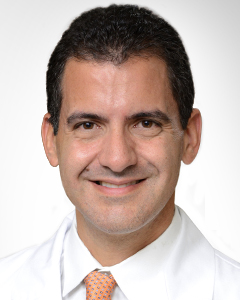Current or former smokers may find themselves worrying about their risk for lung cancer. Even if you kicked the habit years ago, when should you get screened? U.S. health officials recently expanded the pool of Americans who could benefit from early detection. Now, if you’re between the ages of 50 and 80 with a history of heavy smoking (currently defined as 20 pack-years), you should be screened, according to the U.S. Preventive Services Task Force. Those guidelines apply, even if you quit smoking up to 15 years ago.
The goal is to improve survival odds by finding the disease sooner. The former guidance targeted the age range of 55 to 80 and defined heavy smoking as 30 pack-years. The term pack-year measures how much a person has smoked over a long period of time, according to the National Cancer Institute. To calculate pack-years, multiply the number of packs smoked per day by the number of years of smoking. For example, 20 pack-years is equivalent to smoking a pack a day for 20 years or 2 packs a day for 10 years.
The U.S. has about 136,000 lung cancer deaths each year, with most patients diagnosed at 65 or older. Although the probability of lung cancer in the younger ages of the revised guidelines is lower, any opportunity to diagnose someone at an earlier stage is beneficial, and the possibility of a cure is certainly higher.
Early Detection, Prevention and Wellness
For current smokers or those who were heavy smokers in the past, this screening is probably the most important cancer test you can get. Screenings for breast, prostate and colon cancer get more attention, but early lung cancer detection can save more lives. The testing is non-invasive, quick and painless. And it also can find other serious health conditions such as heart disease.
To decrease your lung cancer risk:
-
Stop smoking (and reach out to your doctor for help and resources).
-
Get screened for lung cancer if you fit the criteria.
-
Avoid harmful exposures to industrial chemicals, radon and vaping compounds.
-
Exercise and eat a balanced diet.
Lung Cancer Often a Silent Killer
One of the challenges of lung cancer diagnosis is that 85 percent of patients have no symptoms. Unfortunately, there are no reliable blood tests for the disease, and by the time symptoms develop, it may be too late for effective treatments.
Common lung cancer symptoms include:
-
A cough that persists over two weeks
-
A cough with blood
-
Unexplained weight loss
-
Persistent rib pain without injury
-
Shortness of breath
Screening Advances Safer, Less Invasive
Improvements in technology help us diagnose the lungs in safer, less invasive ways, often without surgery. Most patients who undergo a lung cancer screening won’t need tests beyond lung CT scans. If a lung abnormality is found, procedures and biopsies will be performed only when necessary.
Choose to Stay in Touch
Sign up to receive the latest health news and trends, wellness & prevention tips, and much more from Orlando Health.
Sign Up





